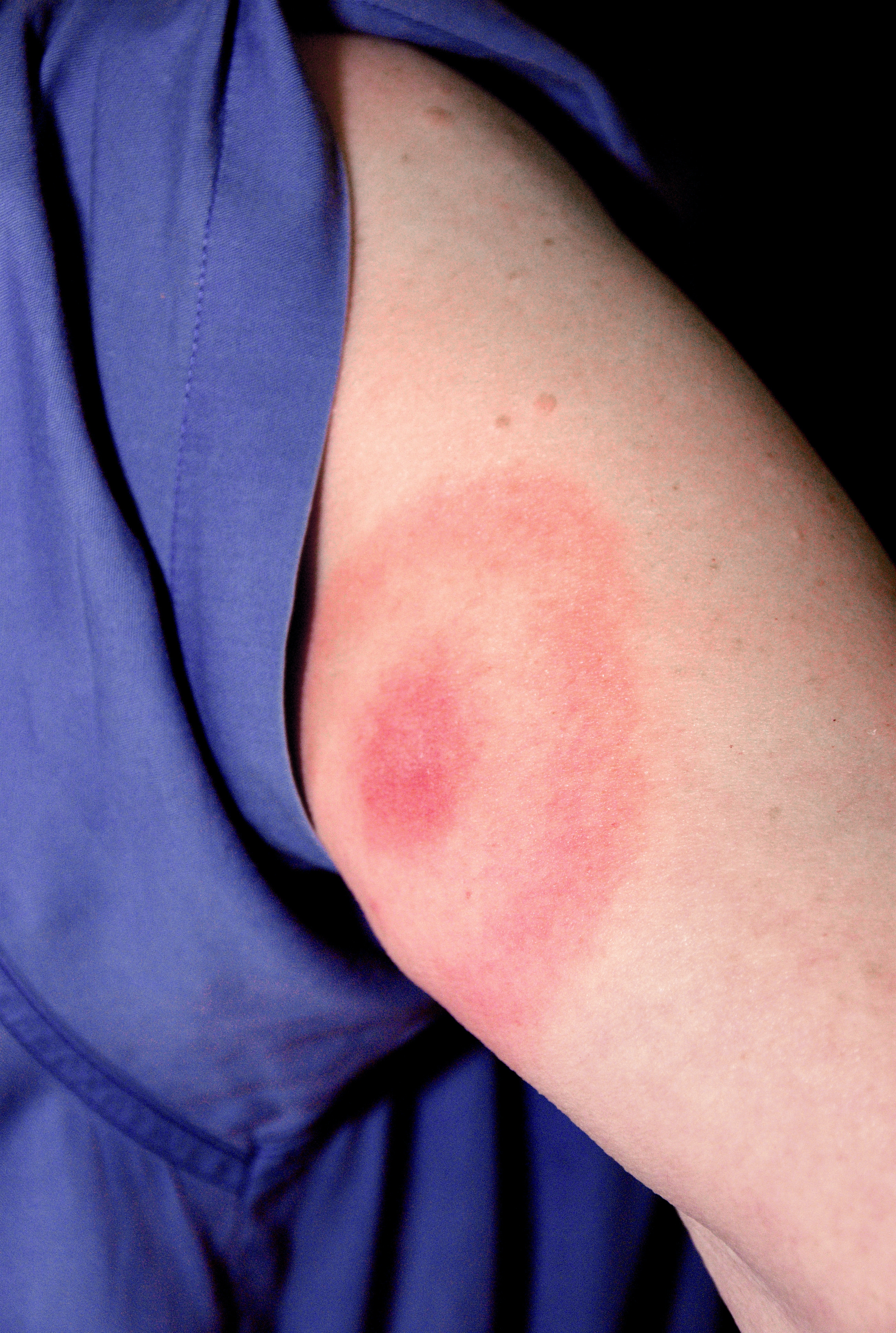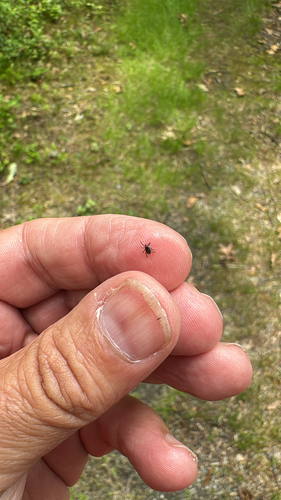We’re right in the peak of tick season, but if you’ve been feeling like this year has been worse than usual, you’re not wrong. Parts of the US are seeing record numbers of emergency room visits for tick bites, so it’s a good time to remind ourselves about the risks of tickborne diseases and how to stay safe this summer.
According to the latest data from the Centers for Disease Control and Prevention (CDC), at time of writing, emergency department (ED) visits for tick bites were trending at their highest levels since 2020 for May, June, and the first week of July.
The northeast of the country is particularly badly affected. The CDC has recorded 125 ED visits for tick bites per 100,000 ED visits in this region so far in 2025, the highest since 2017.
The Fordham Tick Index, an estimate of tick bite risk that covers the tristate area of New York, Connecticut, and New Jersey, was sitting at a nine out of 10 for the week ending July 4 – and back in June, it reached a 10. According to the biologists at the Louis Calder Center field station in Westchester, NY, that level of risk means that instead of outdoor activities, residents should “consider going to a movie instead.”
Meanwhile, CBS News Boston reports that favorable weather conditions earlier in the season have led to an abundance of deer ticks (Ixodes scapularis), also known as black-legged ticks, in Massachusetts. However, the current spate of hot, dry days – while causing misery for many – could bring a tiny glimmer of good news as ticks struggle to survive in baking temperatures, meaning an earlier-than-usual end to the season may be in sight.
What diseases do deer ticks spread?
Mention ticks, and the first thing that comes to mind for many is probably Lyme disease. This is an ever-present threat wherever there are deer tick populations, which is now more places than ever before thanks to climate change.
There’s no vaccine currently approved to prevent it (though there was once, cheers antivaxxers), so it’s important to be aware of the symptoms and to seek timely medical treatment if you think you could have been infected.
Lyme disease is primarily caused by the bacterium Borrelia burgdorferi, which is transmitted through the bite of infected deer ticks. If you find a tick attached to your skin, it’s important to remove it straight away to limit the risk of transmission – the CDC has a comprehensive guide on how to do that.
A characteristic rash at the bite site called erythema migrans appears in 70-80 percent of people infected with Lyme disease. Often – but not always – it appears like a target or bullseye. It can be harder to spot on deeper-toned skin. On average, the rash appears after seven days, but it can be as many as 30.

You often see this characteristic “target” rash with Lyme disease.
Other early symptoms of Lyme disease include a fever, headache, and joint pain. If you develop any of these signs, even several weeks after a tick bite, you should seek medical attention and mention the bite to your doctor. If caught early, most people will fully recover from Lyme disease after a short course of antibiotics.
Lyme disease is the most common disease carried by deer ticks, but others include the bacterial infections anaplasmosis and babesiosis, and Powassan virus, which can infect a human as little as 15 minutes after a tick bite.
What about other tick species?
Deer ticks are not the only species of these critters that humans need to be wary of.
The lone star tick (Amblyomma americanum) has become infamous for causing a bizarre disorder known as Alpha-gal syndrome (AGS). AGS leaves those affected with an allergy to the sugar galactose-α-1,3-galactose, also known as alpha-gal, which is found notably in red meat. Just one bite from a lone star tick could mean saying goodbye to eating red meat for the rest of your life.
Several species of tick with ranges across the US, including the American dog tick (Dermacentor variabilis) and the brown dog tick (Rhipicephalus sanguineus), spread Rocky Mountain spotted fever, a serious bacterial infection that can be fatal if not treated early. Some people who recover from the disease are left with permanent aftereffects or require limb amputations.
These are just a couple of examples, but more than a dozen tickborne diseases have been reported in the USA.
How can you protect yourself against tick bites?
Reading this might have you vowing never to set foot out of your house again, but there are some precautions you can take to limit the risk of tick bites while still enjoying a summer of fun.

Ticks aren’t exactly big, making them tricky to spot on the skin.
Johns Hopkins Medicine Lyme Disease Research Center recommends a range of measures, from keeping out of long grass while hiking, to wearing protective clothing including long sleeves and closed shoes. Common insect repellants such as DEET can also help deter ticks. When returning indoors, it’s good practice to take a shower immediately and to check your skin for tick hitchhikers, especially hard-to-reach areas like the scalp and the backs of your knees.
Ultimately, the message is to be tick aware, especially as 2025’s season is shaping up to be a doozy, but not to let that put you off from exploring the great outdoors.
The content of this article is not intended to be a substitute for professional medical advice, diagnosis, or treatment. Always seek the advice of qualified health providers with questions you may have regarding medical conditions.
Source Link: Tick Bites Are Nearing Record Highs In Some US States – Why Is This Season So Bad?